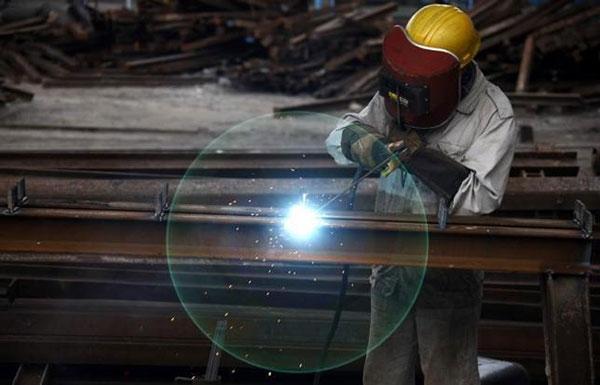 |
|
A worker welds at a machinery manufacturing factory in Huaibei, Anhui province in this August 20, 2013 file photo. [Photo/Agencies] |
First, some enterprises have taken measures including cutting working hours and salaries to avoid laying off their employees.
Second, although China's growth speed has slowed somewhat, its economic aggregate is growing larger. One percentage point of growth in gross domestic product now translates to an addition of 1.6 million jobs.
Third, the fast-growing service industry is a reliable source of job creation. In 2015, the service sector accounted for 50.5 percent of China's GDP, the first time it has exceeded the 50-percent level.
Fourth, the growing zeal for innovation and entrepreneurship means more people are starting their own businesses. In 2015, 4.4 million new enterprises were registered. This translates to 12,000 new ones every day.
Fifth, with the development of social mobility and information exchange, it is easier and faster for people to find jobs that match their ability and interest.
The world's second largest economy is trying to revitalize its industrial sector through squeezing out redundant workers.
According to preliminary forecasts, the coal and steel sectors will see a combined laid-off workers totaling 1.8 million.
To cushion the effect of job losses on families and society, the central government will allocate 100 billion yuan ($15.4 billion) over two years to help the laid-off workers find new jobs.